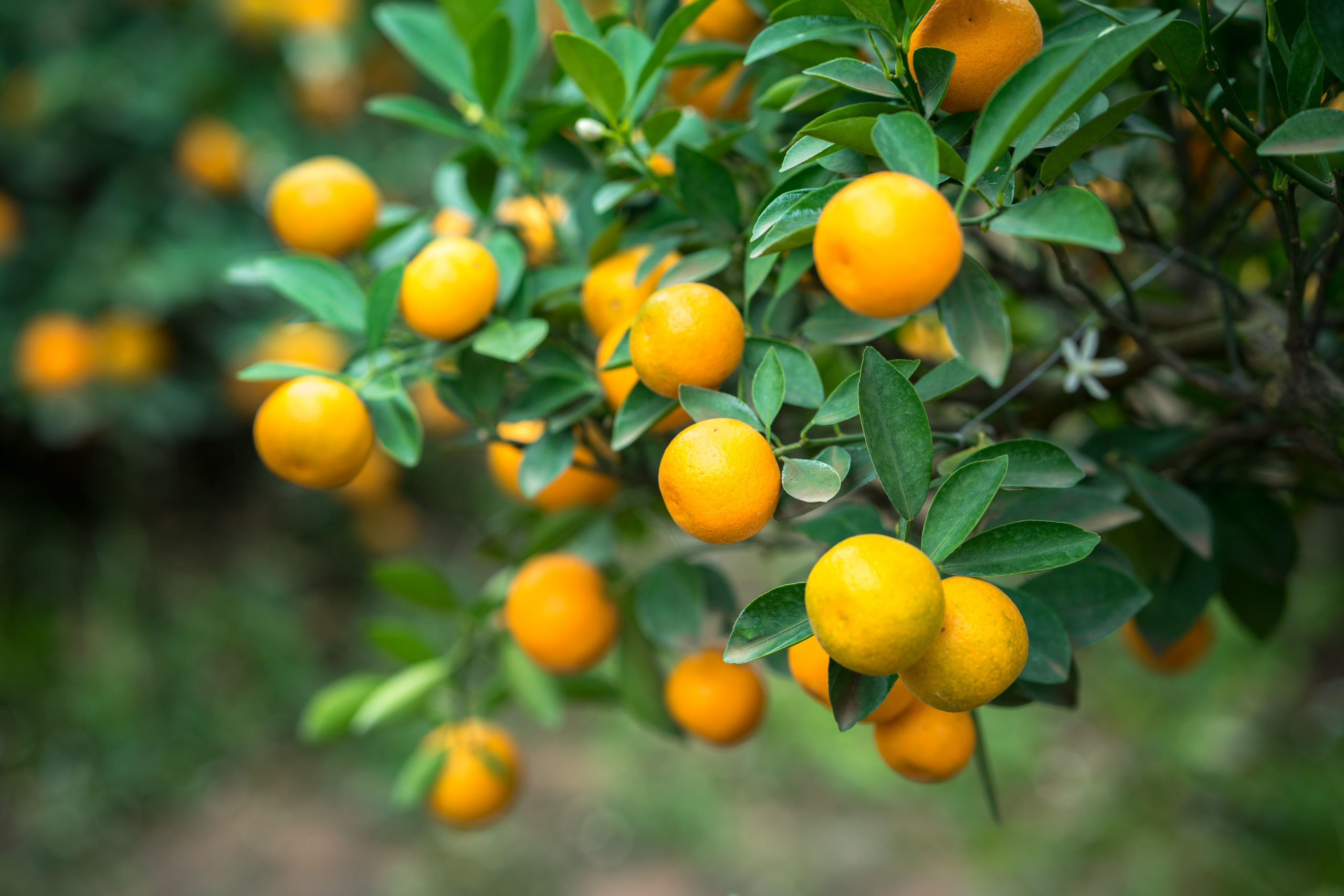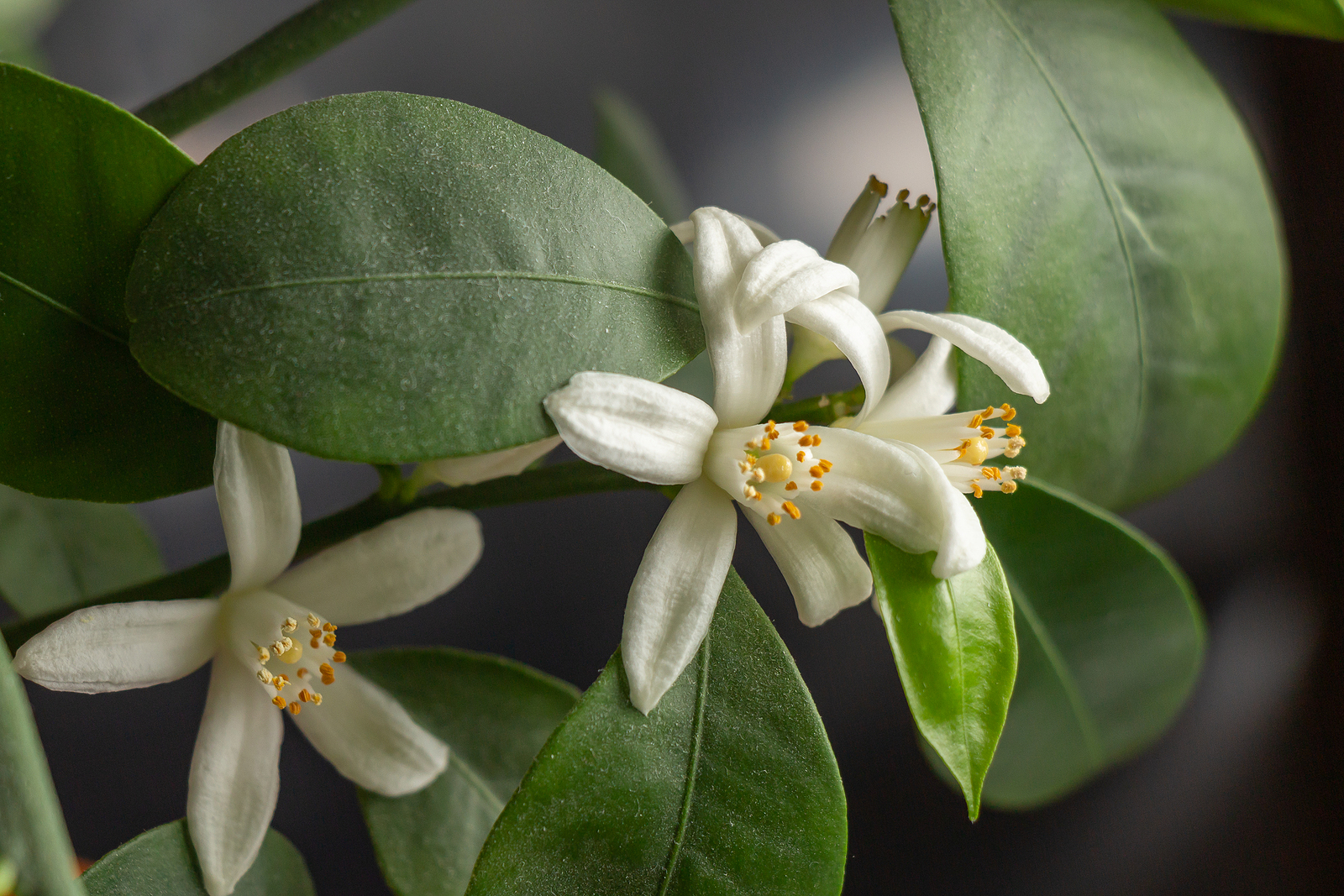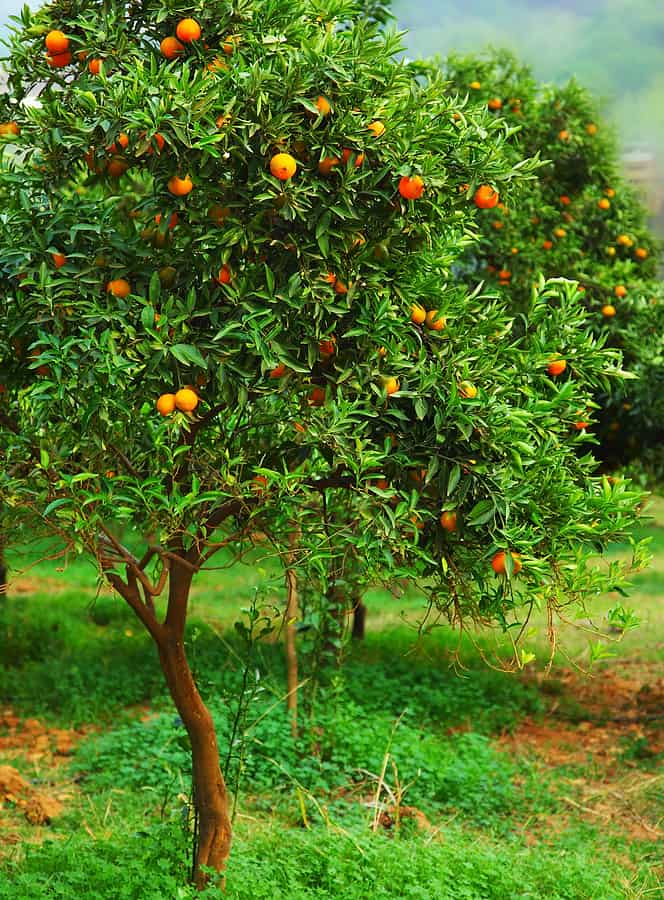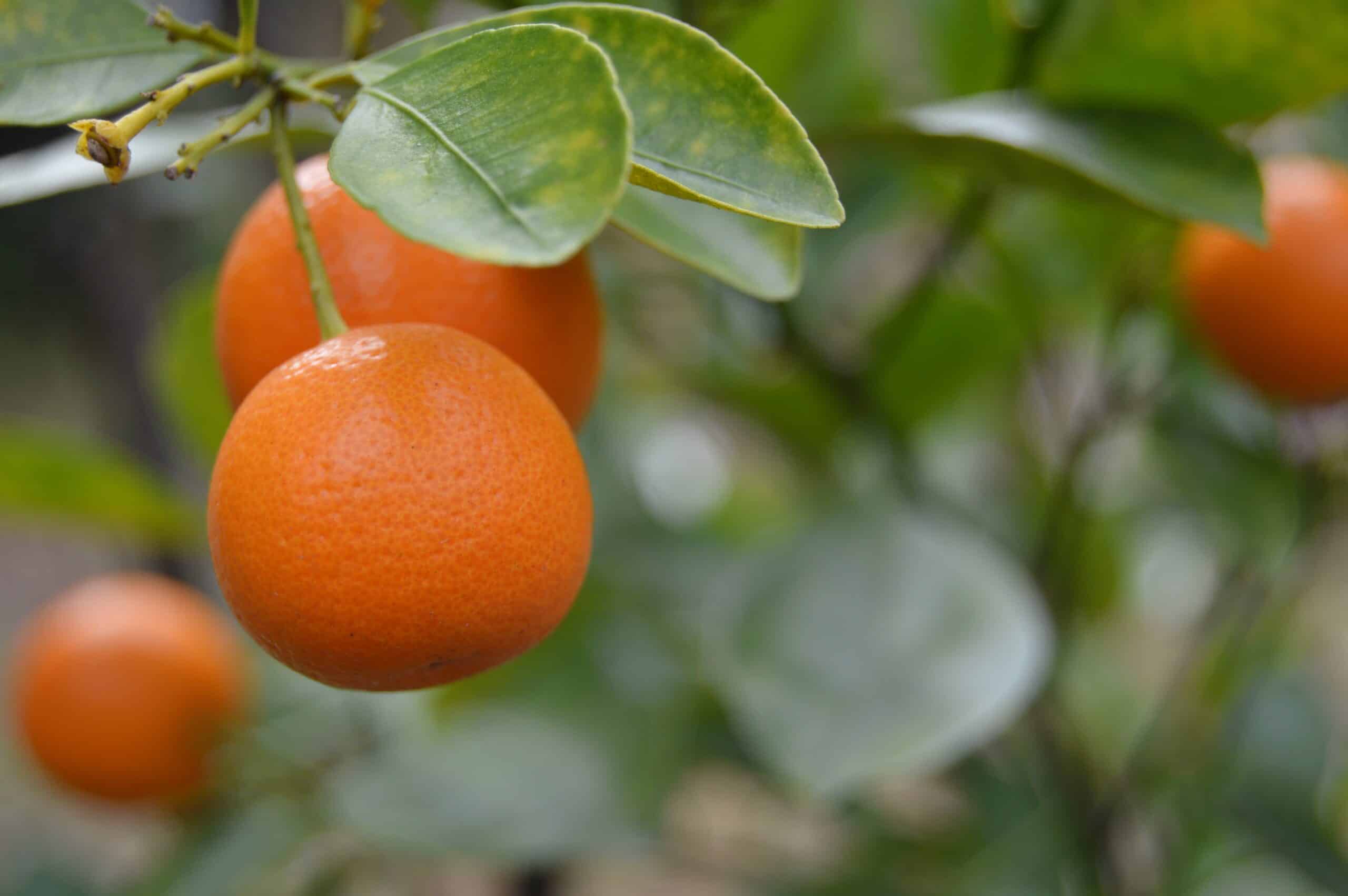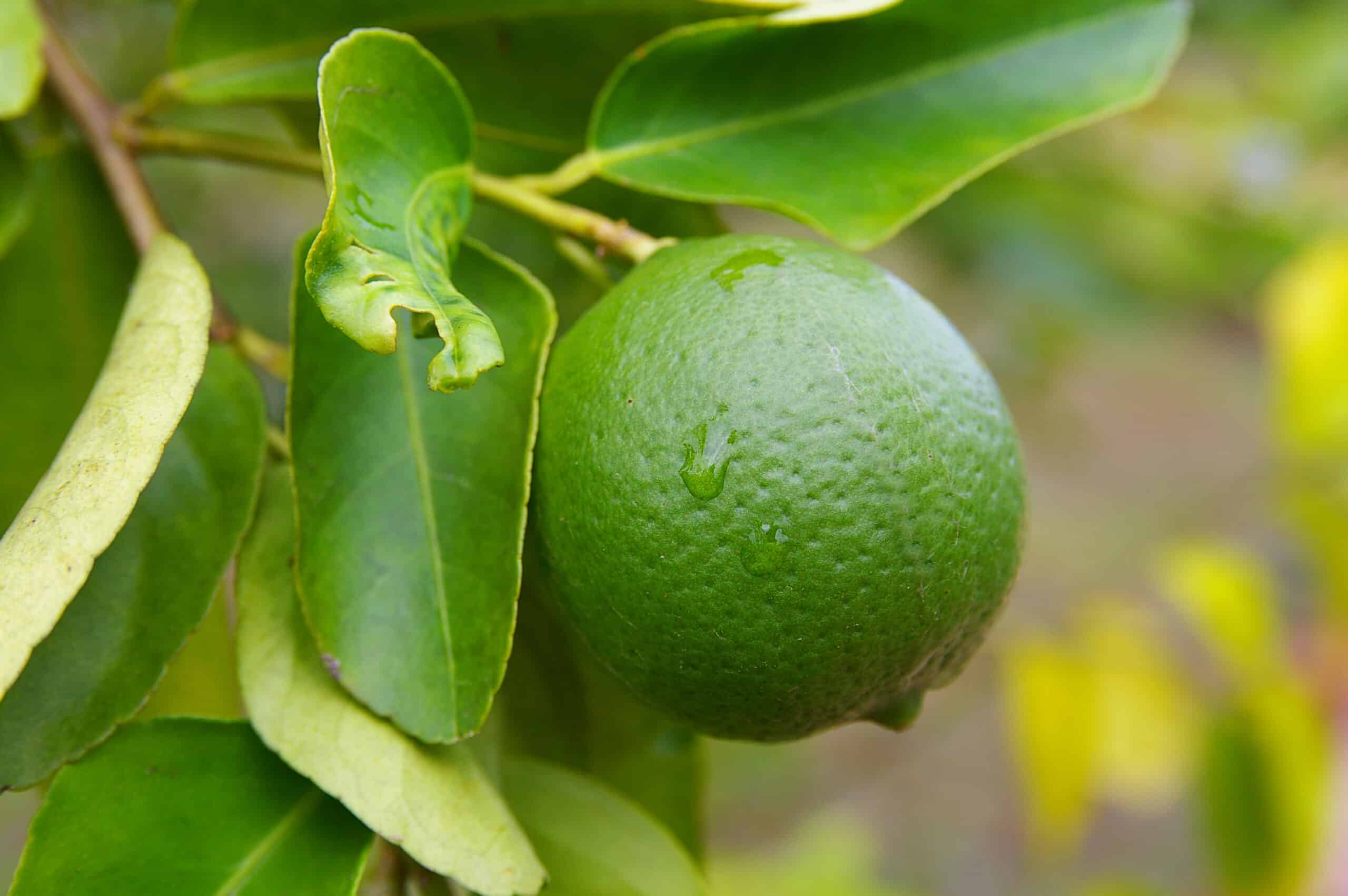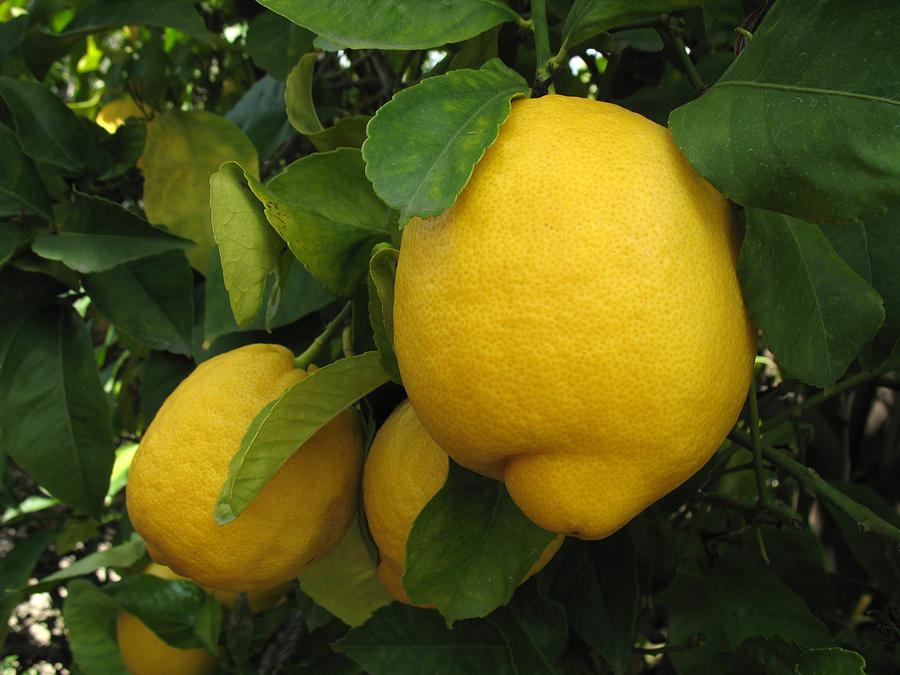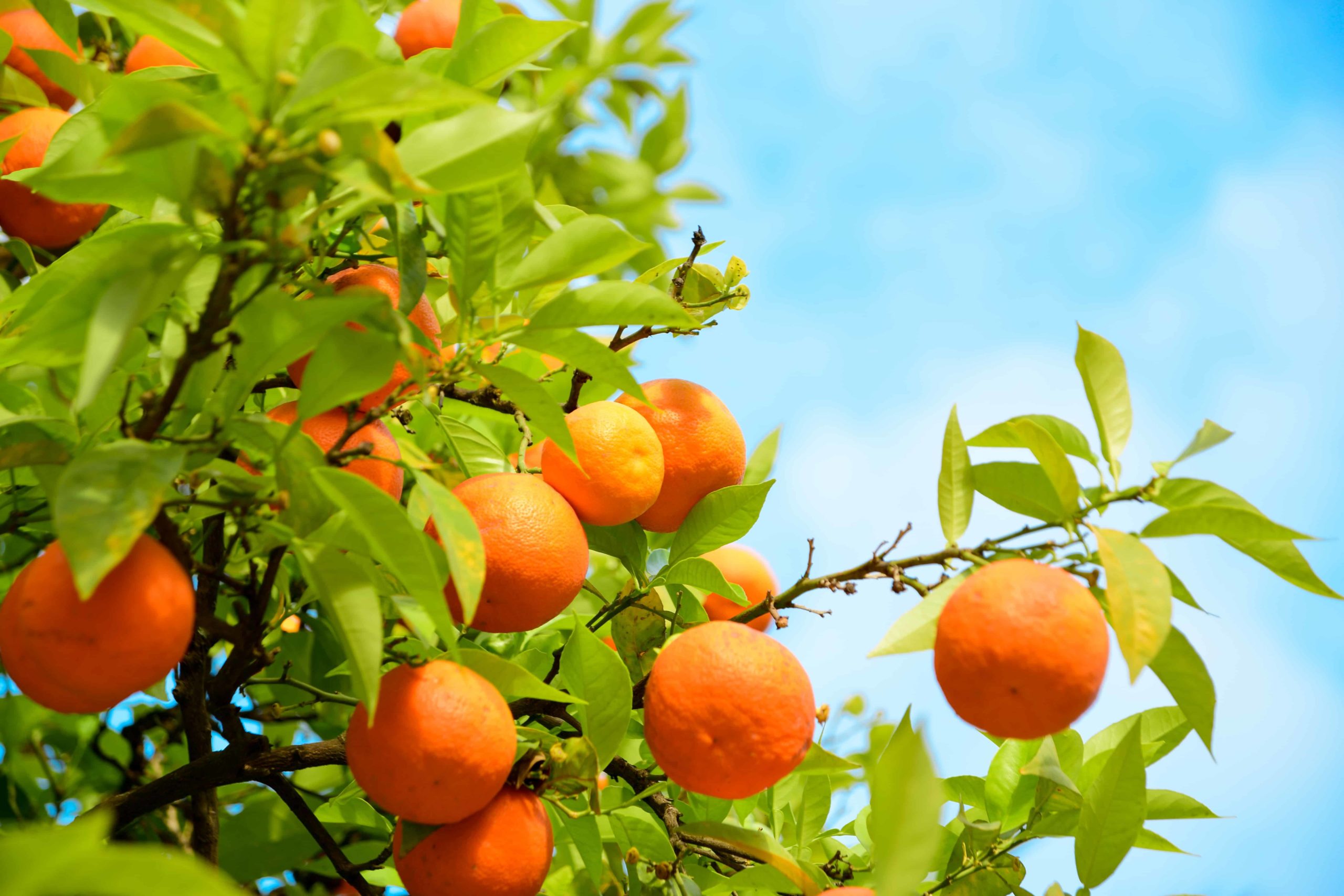Citrus
Latest stories
More stories
-
How to Grow Mandarin Orange – Tangerine
The mandarin orange (Citrus reticulata) is a small citrus tree that resembles an orange. The name tangerine and mandarin are often used interchangeably for a group of small orange-like fruits that have an easy-to-peel rind. The mandarin orange is not one citrus fruit but many. Some mandarin oranges are called mandarins, some are called tangerines, and some […] More
-
Tangelos for Backyard Gardens
Tangelos are easy to grow in home and backyard gardens. Tangelos are hybrids of mandarins and grapefruits. The name tangelo is short for “tang” tangerine (a popular name for mandarins) and “elo” from pummelo (once the name used for grapefruits, but in actuality a separate fruit). Related articles: Tangelo fruits can vary in color and […] More
-
Tangors For Backyard Gardens
Tangors are sour-sweet and full-flavored citrus. They are hybrids between mandarins and sweet oranges. Tangors are sometimes mislabeled as oranges. Tangors have bright orange rinds and pulps. Though their rinds are thick, tangors are easy to peel. The name “tangor” is a formation from the “tang” of tangerine (a name often applied to deep orange-colored […] More
-
Kumquats for Backyard Gardens
Kumquats and kumquat hybrids look like miniature oranges. Most kumquats are rarely more than an inch long. Kumquats grow best where temperatures are relatively high; kumquats prefer warm to hot summer days but also do best where nighttime temperatures dip into the low 50sF; these temperature differentials are essential during the ripening process to develop […] More
-
How to Grow Grapefruit Trees in the Home Garden
Tangy grapefruit can be eaten raw—by the half or peeled and sectioned, it can be added to green and fruit salads and compotes, and it can be juiced. Grapefruits require heat to develop their sweet-tart flavor. A grapefruit that feels heavy for its size is ripe and ready to eat or juice. Grapefruits are best […] More
-
How to Grow Lime Trees in the Home Garden
Limes are too tart to eat on their own, but like lemons, they add a refreshing tang to both sweet and savory dishes. Limes are grown mostly in Florida, California, along the Gulf Coast, and in Mexico. Limes are the least cold-tolerant of citrus fruits. They are best grown where summers are hot and winter […] More
-
How to Grow Lemon Trees in the Home Garden
Lemons have a low heat requirement and can be grown where sweet oranges and grapefruit won’t ripen. Lemon trees thrive in cool-summer areas of the citrus belt. They will even produce fruit indoors in northern cold winter regions. Lemon trees are well-suited to dry-summer regions. Lemon trees are vigorous plants. They do not dwarf well. […] More
-
How to Grow Oranges in a Home Garden
Oranges can be divided into three basic groups—sweet oranges, blood oranges, and sour oranges. Sweet oranges can be divided into two subgroups—navel oranges and common oranges. Navel oranges and common oranges are the most commonly grown oranges both in home gardens and commercially. Navel oranges are mostly peeled and eaten fresh out of hand. Common […] More

